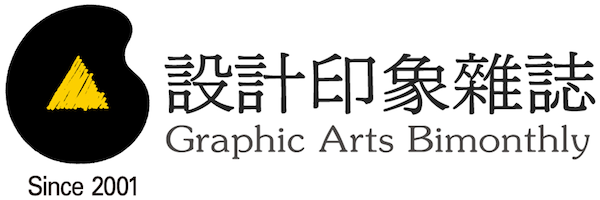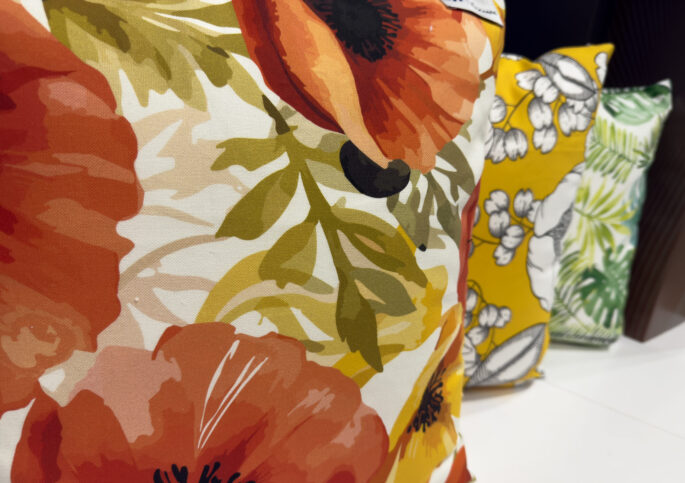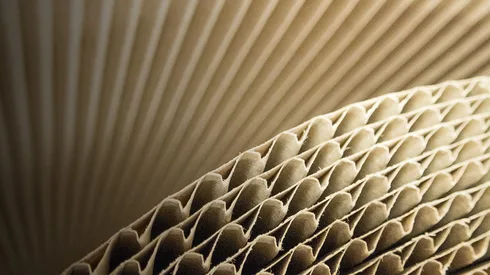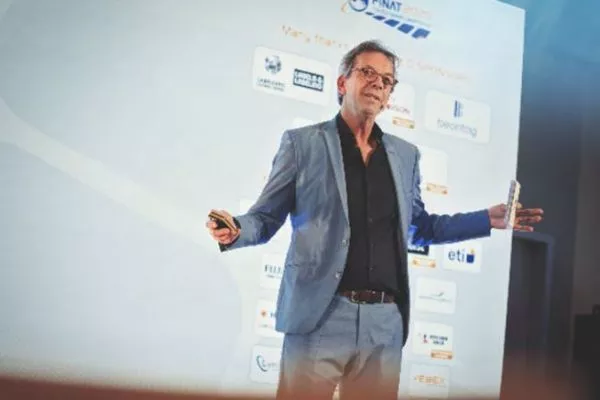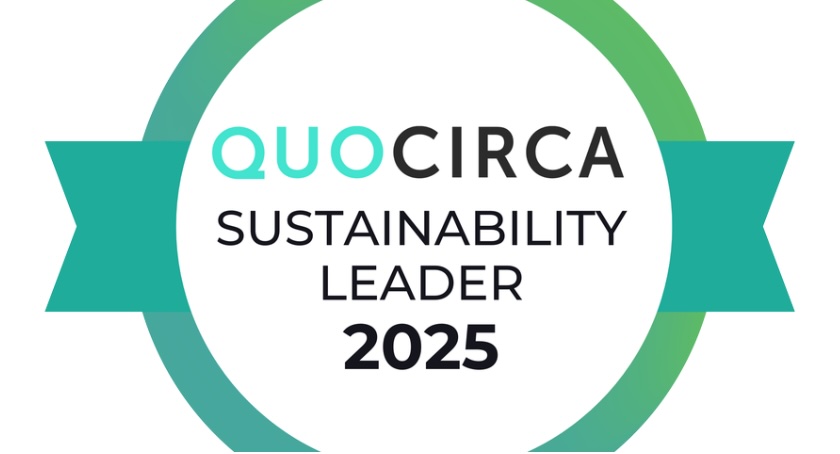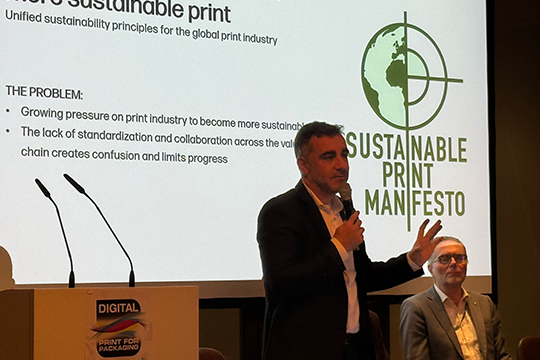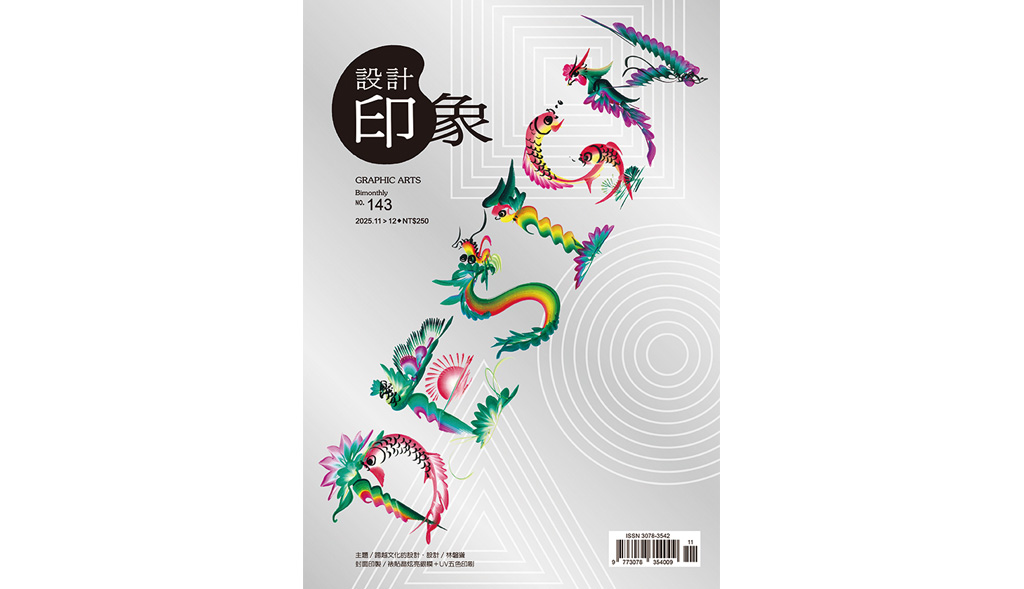2025年,是動盪與希望交織的一年。全球正處於多重挑戰:地緣政治緊張持續升高,美中科技對抗加劇、俄烏戰爭未歇、中東衝突升溫,讓國際秩序日益碎片化。而川普的新關稅政策,掀起全球貿易體系與供應鏈的重組,全球合作與信任體系的不確定性明顯升高。
同時,極端氣候頻仍、綠色轉型壓力倍增,加上經濟成長放緩,各國在「安全」與「永續」間陷入艱難抉擇。美國退出多項國際永續倡議,引發各界爭議;然而,歐盟、中國及國際品牌企業,在動盪中仍堅持推動綠色供應鏈,反而孕育出前所未有的希望與契機。
生成式AI與智慧代理技術正快速發展,為醫療、教育、製造等產業帶來革命性的突破;全球對綠色能源的投資創下新高,氫能、儲能及碳捕捉技術加速成熟。儘管聯合國體系面臨功能與信任的質疑,區域性合作卻逐漸崛起,成為全球治理的新趨勢。
對於位處科技與地緣政治交會點的台灣而言,2025年是關鍵的轉折之年。經濟成長預測被上修至4.5%~5.4%,對美貿易順差可望倍增;台積電的全球布局更帶動台灣企業加速國際投資與合作。企業與政府也日益重視供應鏈韌性與數位主權,積極推動「在地化」與「去風險化」策略,以強化長期競爭力。
2025年提醒我們,動盪只是挑戰的表象,而希望來自人類在不確定中依然選擇創新、合作與前行的勇氣。面對新的時代波動,台灣必須要更加團結,凝聚共識,以「小國大戰略」的智慧與格局,開創屬於自己的未來。
The year 2025 is one in which turbulence and hope are deeply intertwined. The world is facing a convergence of multiple challenges: escalating geopolitical tensions, the ongoing U.S.–China tech rivalry, the unresolved war in Ukraine, and intensifying conflicts in the Middle East–all contributing to a more fragmented international order. Meanwhile, Trump’s new tariff policies have triggered a restructuring of the global trade system and supply chains, increasing uncertainty in global cooperation and frameworks of trust.
At the same time, the frequent occurrence of extreme climate events, the pressures of the green transition, and the global economic slowdown have made it difficult for countries to strike a balance between national security and sustainability. The withdrawal of the U.S. from several international sustainability initiatives has sparked controversy. However, the persistence of the EU, China, and international brand enterprises in maintaining green supply chains has given rise to unprecedented hope amid the turbulence.
Generative AI and AI agent technologies are rapidly advancing, bringing revolutionary breakthroughs to fields such as healthcare, education, and manufacturing. Global investment in green energy has reached new highs, with hydrogen, energy storage, and carbon capture technologies maturing at an accelerated pace. The United Nations has faced growing questions about its functionality, while regional cooperation has emerged as a new trend.
For Taiwan, situated at the intersection of technology and geopolitics, 2025 marks a critical turning point. Economic growth forecasts have been significantly revised upward to 4.5~5.4%. The trade surplus with the U.S. may multiply, and TSMC is driving Taiwanese enterprises toward greater international investment and collaboration. Both the government and private sector have begun to prioritize supply chain resilience and digital sovereignty by promoting localization and de-risking strategies.
The year 2025 reminds us that turbulence is merely the tip of the iceberg, while hope stems from humanity’s courage for innovation, cooperation, and progress in the face of uncertainty. The people of Taiwan must recognize that in this new era of turbulence, unity and consensus are essential–and that with the wisdom of a small nation wielding grand strategy. We can shape a brighter future.
